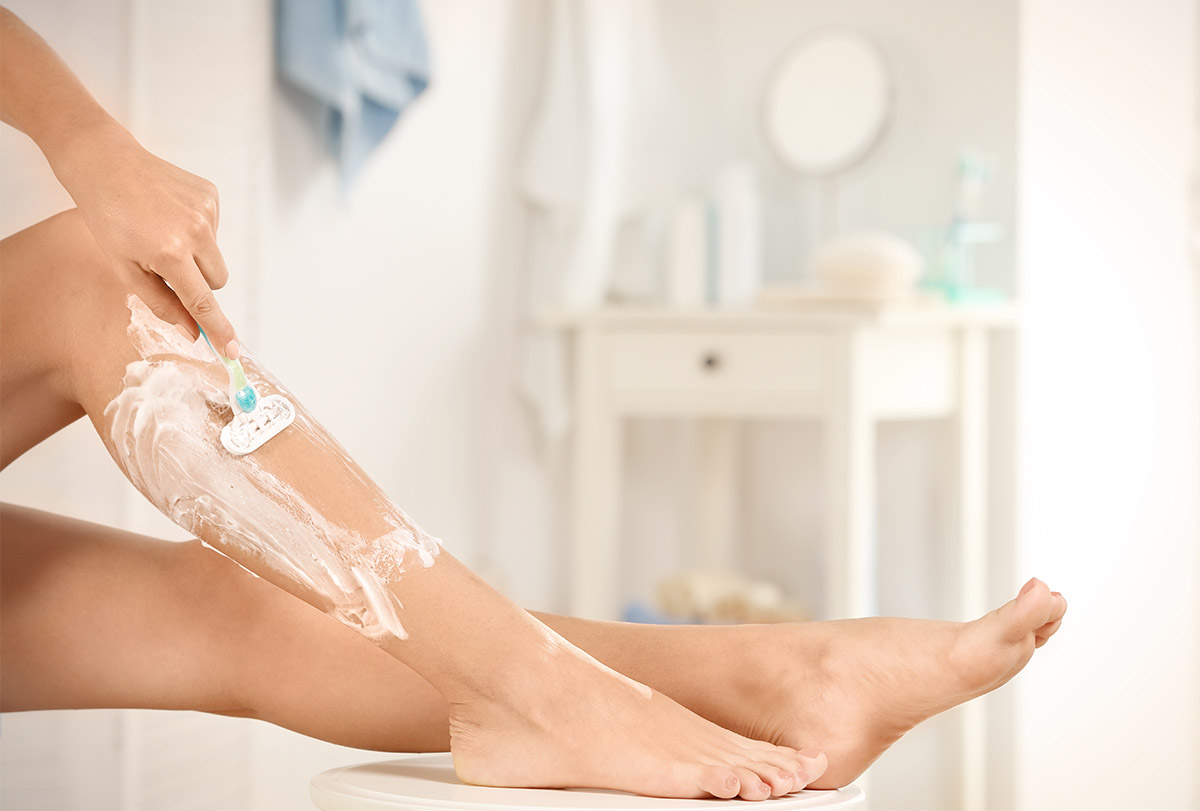Table Of Content

Contact your healthcare provider if you notice any signs of infection. If you notice an irritating, painful, or swollen bump on your skin after shaving, you likely have an ingrown hair. The easiest treatment for an ingrown hair is to wait it out and let the hair grow long enough so that it can loosen up from the skin. To help recovery, you can also apply a warm compress and take medication as needed for inflammation. If you notice signs of infection or your ingrown hair is irritating you, talk to a healthcare provider about possible further treatment. If you get ingrown hairs frequently, you may want to consider a long-term solution, such as laser hair removal.
How to Keep an Ingrown Hair Cyst From Coming Back
The cysts may go away on their own, but if they hurt, look red, or ooze pus, see a healthcare provider for treatment. An ingrown hair occurs when a hair that you've shaved, waxed, or plucked grows back into your skin. This can cause red, swollen, and infected hair follicles. Ingrown hairs most commonly occur in places where you often remove hair, such as your face, neck, underarms, legs, and around your bikini area. Symptoms include "razor bumps," swelling, tenderness, and itching.
How to Prevent Infected Ingrown Hairs
Other times, a skin bacterial culture may be taken by a cotton-tip applicator to assist in determining an infectious cause. Scarring is another potential complication of ingrown hairs. You may develop keloids which are thick, raised scars. In the meantime, it is best to avoid shaving until your symptoms have improved; it can take anywhere between one to six months for razor bumps to get better. Clean the area with warm, soapy water, clean your angled tweezers with alcohol and gently grasp the hair.
How is an ingrown hair treated?
If you notice signs of infection—like pus, worsening pain, or lesions—see a healthcare provider so they can offer proper treatment. Ingrown hairs typically resolve on their own, but they might require treatment to reduce the risk of possible complications. Practicing certain skincare habits can help prevent ingrown hairs from developing. Laser treatment slows regrowth and is a longer term solution.
11 Best Razors for Guys in 2024, Reviewed with Pictures - GQ
11 Best Razors for Guys in 2024, Reviewed with Pictures.
Posted: Tue, 06 Feb 2024 08:00:00 GMT [source]
Shave With the Grain
If it’s difficult to see the area, use extra lighting like an LED ring light and a magnifying mirror. This will allow you to grasp only the hair and avoid damaging your skin. A hair becomes ingrown if it grows back into your skin while being outside of its hair follicle. The curlier the hair, the more likely it is to become ingrown.
Apply rubbing alcohol to your surrounding skin to prevent an infection. Then, carefully thread the sterile needle, pin or tweezers through the exposed hair loop. Gently lift the hair loop until one end releases from your skin. In rare cases, your healthcare provider may use a sterile surgical knife with a thin blade (scalpel) to make a small cut in your affected areas.
Possible side effects of this method are blistering, scarring and loss of skin color (dyspigmentation). Most instances of ingrown hair get better without treatment. You can avoid this condition by not removing hair or not shaving very close to the skin. If that's not an option, you might try other hair removal methods that lessen the risk of developing ingrown hair. Ingrown hair cysts may go away on their own or with simple treatment. However, you may need to see a healthcare provider to treat an ingrown hair cyst that's hard to get rid of.
How do you get rid of an ingrown hair cyst?

Or, you can take preventative steps like shaving differently or using a razor with just one blade. Ingrown hair cysts happen when a hair follicle gets blocked, and the hair grows into your skin instead of out. You should never pop an ingrown hair cyst because it can cause infection and scarring.
When to contact a doctor
Get the care you need from world-class medical providers working with advanced technology. “I would recommend this be the first place to go for help with ingrown hairs,” says Dr. Bullard. After the infection has cleared, you may have a scar or discolored skin that can last for several months. Cedars-Sinai has a range of comprehensive treatment options. If the hair is already visible and sticking out of your skin, you can attempt to tweeze the hair out. Our experts continually monitor the health and wellness space, and we update our articles when new information becomes available.
Staph infections come from a bacterium called Staphylococcus aureus that is present naturally on the skin. It can cause serious problems, such as sepsis, if it enters a person’s bloodstream. Ingrown hairs are hairs that have grown back into the skin. You can help the process along with a simple home remedy.
If the pubic cyst is caused by ingrown hair, it may go away on its own, or your doctor can remove it. Whether you shave, wax, or tweeze, removing hair isn’t always trouble-free. The process can cause swelling, irritating your skin, and leading to razor bumps and cysts. Rarely, ingrown hair may also appear in other skin parts, such as the eyelid or thighs.

No comments:
Post a Comment